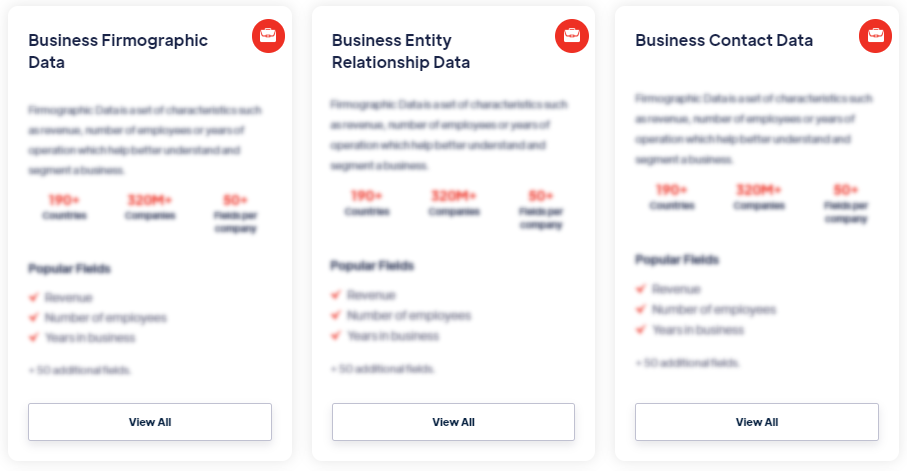Best
Ski Resort Data
Products
Ski resort data refers to information and statistics related to ski resorts, which are recreational facilities that offer skiing and other winter sports activities. Ski resort data provides insights into various aspects of these resorts, including their facilities, services, visitor demographics, weather conditions, trail maps, and more. Read more
Our Data Integrations


Request Data Sample for
Ski Resort Data

Browse the Data Marketplace

Frequently Asked Questions
1. What is Ski Resort Data?
Ski resort
data refers to information and statistics related to ski
resorts, which are recreational facilities that offer skiing and
other winter sports activities. Ski resort data provides
insights into various aspects of these resorts, including their
facilities, services, visitor demographics, weather conditions,
trail maps, and more.
2. What Does Ski Resort Data Include?
Ski
resort data includes a wide range of information, such as the
location and size of the resort, available ski trails and
slopes, lift systems, snowfall statistics, trail difficulty
levels, resort amenities (e.g., lodging, dining, rental
services), ski school programs, season pass details, visitor
statistics, events and activities, pricing information, and
historical data on ski conditions and visitor patterns.
3. How is Ski Resort Data Used?
Ski resort
data is used by various stakeholders, including ski resort
operators, tourists, ski industry analysts, and tourism
organizations. Resort operators utilize the data to manage their
operations effectively, make informed decisions regarding
facility upgrades, pricing strategies, and marketing efforts.
Tourists and ski enthusiasts rely on the data to choose suitable
resorts based on factors like snow conditions, trail difficulty,
amenities, and proximity to their location. Analysts and tourism
organizations use ski resort data to assess industry trends,
conduct market research, and plan tourism development
strategies.
4. Why is Ski Resort Data Important?
Ski
resort data is important because it provides valuable insights
for both resort operators and visitors. For operators, the data
helps in understanding visitor preferences, optimizing
operations, and improving the overall guest experience. It also
enables operators to plan resources effectively, monitor
performance, and identify areas for improvement. For visitors,
the data helps in making informed decisions about choosing the
right resort for their skill level, preferences, and budget.
5. How Can Ski Resort Data be Accessed?
Ski resort data can be accessed through various sources.
Official resort websites and brochures often provide detailed
information about the resort's facilities, services, and
trail maps. Ski industry organizations and tourism agencies may
offer reports, publications, or online databases that include
comprehensive data on multiple resorts. Additionally, online
platforms and mobile applications dedicated to skiing and winter
sports provide access to ski resort data, including user
reviews, ratings, and real-time updates.
6. What Are the Limitations of Ski Resort Data?
Ski resort data may have limitations depending on the source
and availability of the information. Not all resorts may provide
comprehensive data, especially for smaller or privately-owned
resorts. Data accuracy and timeliness can also vary,
particularly for real-time conditions such as snowfall or trail
availability. Additionally, certain data points, such as visitor
demographics or revenue figures, may be proprietary and not
publicly accessible.
7. How Can Ski Resort Data Benefit Different Stakeholders?
Ski resort data benefits various stakeholders in the ski
industry. Resort operators can use the data to enhance their
operations, optimize resources, and attract more visitors.
Skiers and snowboarders can leverage the data to find suitable
resorts, plan trips, and enjoy better skiing experiences.
Tourism organizations and analysts can analyze ski resort data
to understand industry trends, assess economic impacts, and make
informed decisions regarding tourism development and promotion.
â€
